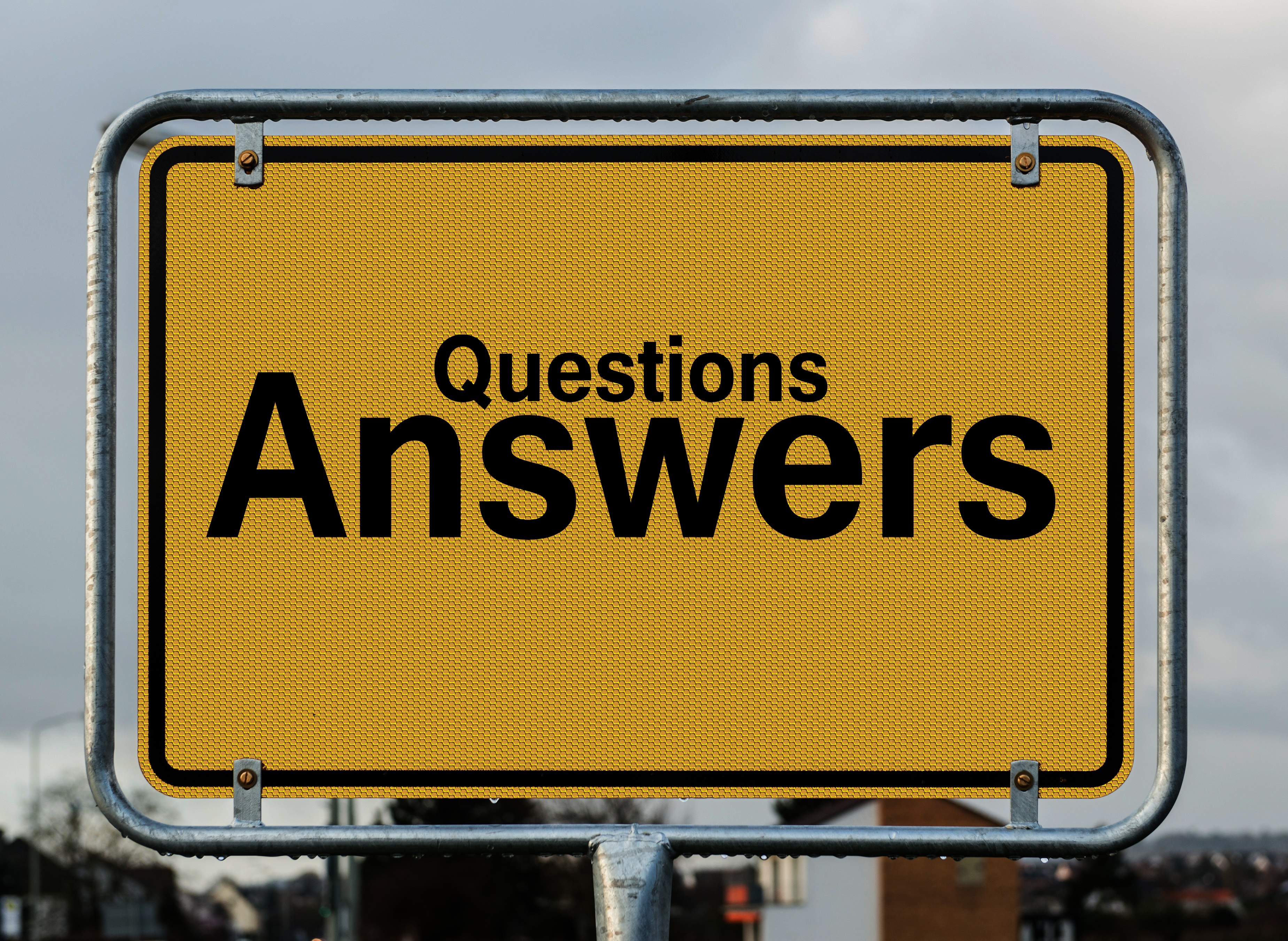1. Discover the power of Smarketing.
Most travel industry professionals are aware of the changes in consumer habits over the last decade. Your potential customers are increasingly informed about vacation destinations, products and services and, in their relationship with hotel brands, they require more and more personalized attention.
In this new context, traditional Outbound marketing techniques are no longer effective and the Inbound philosophy has conquered professionals from all sectors, who now face new challenges in their work.
In classic business organizations, marketing and sales teams have always worked separately, but the need to focus efforts on common objectives has led to the birth of a new term to define their alignment: Smarketing.{{cta(‘bb2971b9-bf36-4c36-8edc-75223dba5208’)}}
Its definition is very simple and concrete at the same time, in a few words the objective of Smarketing is to align the actions of your marketing and sales teams so that they focus on the mission shared by all your employees: to generate revenue for the hotel.
Thanks to this type of smart marketing (Sales + Marketing), hotel chains can take advantage of a new methodology useful not only to win new market segments, but also to improve the relationship with existing customers, create effective loyalty campaigns and optimize their internal structure.

2. Benefits.
As mentioned earlier, the common goal of marketing and sales teams is to generate revenue for your company. Achieving this through the Smarketing philosophy is much easier because it allows you to create buyer personas detailed when teams work as one. Let’s take a look at some of the many advantages at your fingertips:
2.1. A better customer experience and feedback for your hotel.
Knowing who to involve and when, allows for a smooth customer passage between marketing and sales. In addition, these teams know different shades of their prospects and what is most likely to influence the various stages of the buyer’s journey.
This new clear understanding of the customer fosters a“shared ownership” of their experience. As a result, your prospects will never perceive a lack of continuity in your organization or fragmented, discontinuous attention.
Speaking of feedback, both the marketing team and sales add relevant knowledge about your prospects. By sharing this data on behavioral patterns, interests, concerns and opinions, both teams can develop a detailed record of potential and current customers, determining which ones to prioritize.
2.2. Developing successful strategies
Promoting and enabling alignment allows your company to have an overarching yet detailed view of each prospect’s buyer’s journey. This means developing more personalized campaigns and providing the opportunity to refine/improve a high-level business strategy.
Marketing and sales alignment eliminates the “conversion funnel” split between marketing and sales and provides a much more realistic understanding of the prospect’s experience, reducing the risk of making wrong assumptions and losing the customer.
2.3. Fortified and lasting internal cohesion.
When marketing and sales interact and share ideas regularly, they unite their actions and amplify the impact of their efforts. Working together as a well-designed machine, marketing and sales can launch successful campaigns for maximum impact, handle leads smoothly and generate new leads. In addition, they can respond with agility when market dynamics change thanks to the synergy between the two groups.
In addition, when your hotel’s management team learns of this commitment to coordinating employee efforts and results achieved, your company’s managers will be motivated to help inensuring the success of that alignment. They can further promote communication within the company, manage its resources more effectively and accurately, andde

